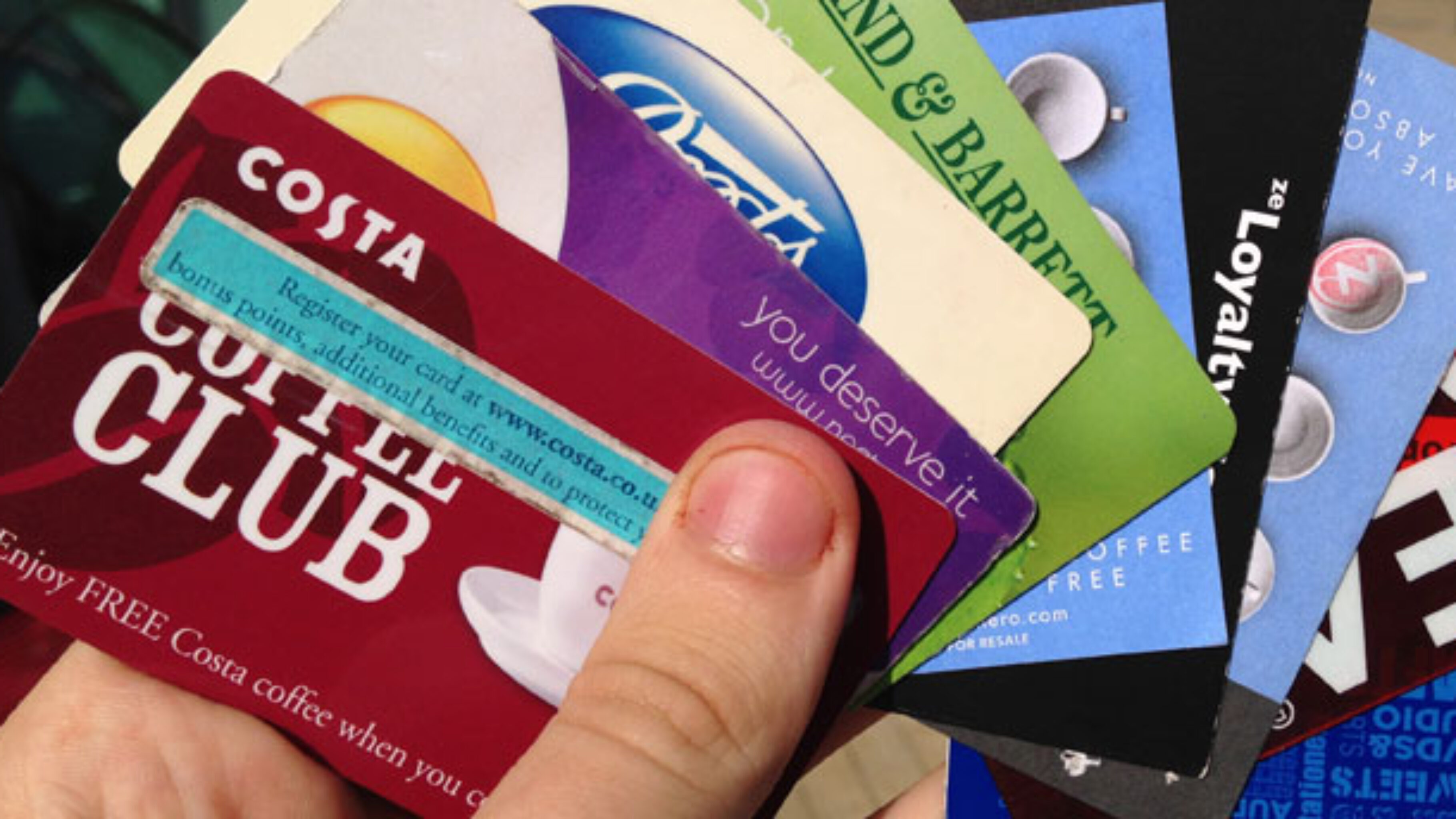Keeping consumers engaged with your site and willing to come back for more is an on-going battle. If you win the battle then you are set to enjoy lucrative rewards. It costs a business about ten times more to acquire a new customer than it does to sell to an existing one and what’s more current customers spend 67% more than new customers. With this in mind, it is vital for businesses to keep their customers coming back for more. A great way of doing this is through a loyalty scheme of some sort. This is essentially a rewards program offered to your customers who frequently make purchases. You can reward your customers through free merchandise, rewards, coupons and by notifying them early on about any new products or offers. There is a range of ways you can create and present your loyalty scheme. Let’s look at some of the most popular and effective ways.
A simple point system
Most businesses use this model. How it works, is a consumer makes a purchase and is entered into a loyalty scheme, which if they choose to involve themselves in will entitle them to freebies, or special treatment, when they reach a certain amount of points.
This is on most accounts a stellar and effective way of doing things. The only way eCommerce site owners ever run into difficulty, is when they create a system that is too complicated for consumers to understand. Points based loyalty programs need to be simple and straightforward and not involve too much maths. No-one wants to be worrying about how many points equals one pound’s worth of clothing when all they want is to make a quick purchase and get their item.
Points systems work better for businesses that encourage frequent short term purchases. Stores such as Boots understand this way of operating more than most. Boots knows that its consumer base is making repeat purchases on everyday items such as toiletries and makeup. It makes sense that these customers rack up points and after a while is able to cash in on their next purchase. It is simple and guaranteed to work, as these consumers can be pretty much guaranteed to buy these same purchases, so they will be acquiring points. Consumers using a high-end eCommerce site where they are not buying purchases regularly would struggle to accumulate points, through one of these reward schemes.
Upfront fees for maximum rewards
For owners of some eCommerce sites, it actually makes sense to charge a one-off fee, entitling consumers to hidden costs and benefits. By identifying the factors that may cause customers to leave your site, you can customise a fee-based loyalty program that gets rid of these obstacles. Loyalty based schemes can in these cases combat checkout abandonment.
For example, for $99 a year, Amazon Prime users get free, two-day shipping on millions of products with no minimum purchase. This relieves customers of the inconveniences of shipping costs, as you will ultimately foot the bill, which may seem expensive for you the site owner, but in return for your investment, these customers will spend more. In the case of Amazon, Prime members in the US spend an average of $1,500 per year on Amazon.com, compared with $625 per year spent by Amazon customers who aren’t Prime members.
Structure rewards around your customers’ values.
Truly understanding your customers, means understanding their values and this helps you appeal to them on an emotional basis. Not all consumers appreciate monetary rewards, some prefer a touch that is more unique and tailored to who they are as individuals. If your company has a strong ethical feel to it, consider offering rewards such as donating to a charity in the customers’ name, or planting a tree in a developing country on their behalf. Offers like this that are in-keeping with the values of your consumers, will make them aware that you understand who they are as people and ultimately strengthen your relationship with them.
Who doesn’t love a good game?
Turn your loyalty scheme into a game to encourage repeat purchases. Don’t make the odds too high, or you will discourage uptake. Don’t make it seem like you are duping consumers out of a reward by discussing the prize too much after they don’t win it. Make it clear what they can win, but quickly move on to talk of offers or other positive areas of the business, if users are not successful.
For example, if your customer purchases a selection of similar products, why not offer them a chance to win an additional item to complete their set. Let customers choose one of four cards or tick one of 3 boxes and give them a 25% chance of winning the free item.
If your audience enjoys having a little fun and purchases from you frequently, this type of program can make the buying process both fun and engaging.
Through customer satisfaction metric like NPS scores and through customer retention levels, you will be able to see how effective your reward schemes are. If consumers regularly engage with your schemes, take you up your offers and repeatedly buy from you then you’ll know that these schemes are working and you should continue with them.








